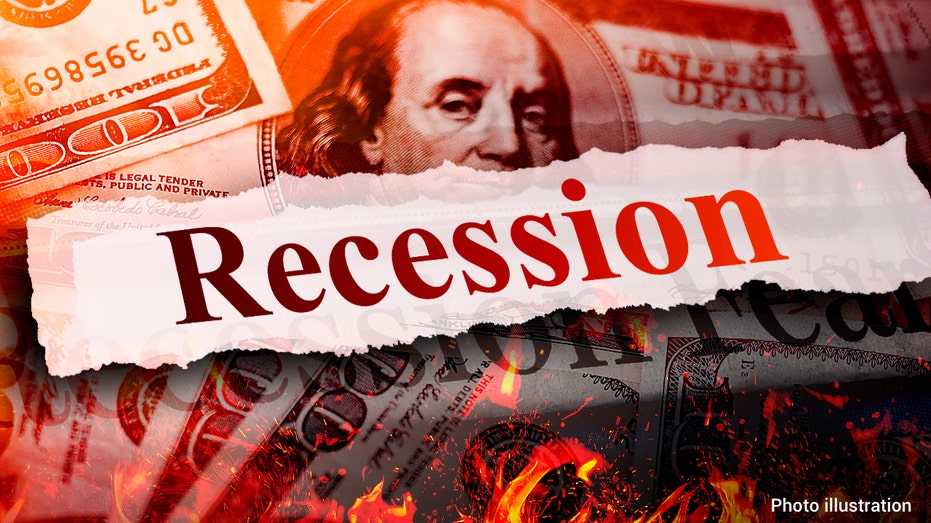In the complex web of global economics, the prospect of a United States economic collapse is a topic that sparks both concern and curiosity. This article delves into the intricate factors and dynamics that could potentially lead to a US economic collapse, exploring historical contexts, contemporary challenges, and the potential consequences of such a scenario.

1. Historical Precedents: Lessons from Economic Turmoil
- The Great Depression: A Grim Reminder:
- Unveil the echoes of the Great Depression and its lasting impact on economic policies.
- Discuss the historical significance of understanding past economic collapses.
- Lessons from the 2008 Financial Crisis:
- Explore the aftermath of the 2008 financial crisis and the measures taken to prevent a complete economic breakdown.
- Discuss how the lessons learned shaped financial regulations and policies.
2. Mounting National Debt: The Looming Burden
- Rising Debt Levels: A Ticking Time Bomb:
- Discuss the alarming trajectory of the United States national debt.
- Explore the potential consequences of carrying a substantial debt burden.
- Debt-to-GDP Ratio: Navigating Unsustainable Territories:
- Unravel the significance of the debt-to-GDP ratio.
- Discuss how an imbalance in this ratio can signal economic vulnerability.
3. Trade Imbalances: Struggling on the Global Stage
- Trade Deficits and Dependence:
- Explore how persistent trade deficits can contribute to economic challenges.
- Discuss the impact of reliance on imports and the trade imbalance with major economic partners.
- Currency Depreciation Concerns:
- Unveil the potential consequences of a depreciating currency.
- Discuss how a weakened currency can amplify economic challenges.
4. The Federal Reserve’s Role: A Double-Edged Sword
- Monetary Policy Challenges:
- Discuss the challenges faced by the Federal Reserve in managing monetary policy.
- Explore the delicate balance between interest rates, inflation, and economic growth.
- Quantitative Easing and Unintended Consequences:
- Unravel the implications of quantitative easing on the economy.
- Discuss potential unintended consequences and the challenges of normalization.
5. Income Inequality: A Socioeconomic Quandary
- Widening Wealth Gap: A Threat to Stability:
- Explore the consequences of growing income inequality.
- Discuss how a skewed distribution of wealth can affect economic stability.
- Social Unrest and Economic Fallout:
- Discuss the potential correlation between income inequality and social unrest.
- Explore how social instability can exacerbate economic challenges.
6. Erosion of Manufacturing: Challenges in Globalization
- Offshoring and the Decline of Domestic Manufacturing:
- Discuss the impact of globalization on the erosion of domestic manufacturing.
- Explore the challenges posed by reliance on foreign production.
- Loss of Economic Resilience:
- Unveil the potential consequences of a diminished manufacturing sector.
- Discuss the importance of economic resilience and diversification.
7. Technology Disruption: Job Displacement and Economic Shifts
- Automation and Job Displacement:
- Explore how technological advancements, particularly automation, can disrupt employment.
- Discuss the challenges of transitioning the workforce in the face of technological evolution.
- Income Disparities in the Tech Era:
- Unravel how the tech revolution can contribute to income disparities.
- Discuss the potential consequences of a tech-centric economy.
8. Housing Market Volatility: A Fragile Foundation
- Real Estate Bubbles and Bursting:
- Discuss the historical context of real estate bubbles and market crashes.
- Explore how a volatile housing market can trigger economic downturns.
- Mortgage Debt and Financial Instability:
- Unveil the risks associated with high levels of mortgage debt.
- Discuss how mortgage-related challenges can permeate the broader financial system.
9. Global Economic Shocks: Ripples Across Borders
- Pandemics and Global Crises:
- Discuss the vulnerability of economies to global shocks.
- Explore how events such as pandemics and geopolitical crises can impact the US economy.
- Interconnected Financial Systems:
- Unravel the interconnectedness of the global financial system.
- Discuss how shocks in one region can reverberate across the world.
10. Policy Gridlock and Fiscal Challenges: Navigating the Political Landscape
- Political Stalemates and Economic Consequences:
- Discuss the impact of political gridlock on economic policies.
- Explore how the inability to enact fiscal measures can exacerbate economic challenges.
- The Role of Prudent Fiscal Policies:
- Unveil the importance of prudent fiscal policies in preventing economic collapse.
- Discuss the potential role of bipartisan efforts in securing economic stability.
Conclusion: Charting a Path to Economic Resilience
As we scrutinize the potential causes behind a US economic collapse, it becomes evident that the intricate tapestry of economic stability requires careful examination and proactive measures. While challenges loom on the horizon, history and lessons learned from previous crises can guide policymakers, businesses, and individuals in charting a path to economic resilience. The journey involves addressing structural issues, fostering inclusive growth, and navigating the complexities of a rapidly evolving global landscape. The prospect of an economic collapse serves as a call to action, urging stakeholders to collaborate, innovate, and strive for a future where economic stability is not just a goal but a collective commitment.